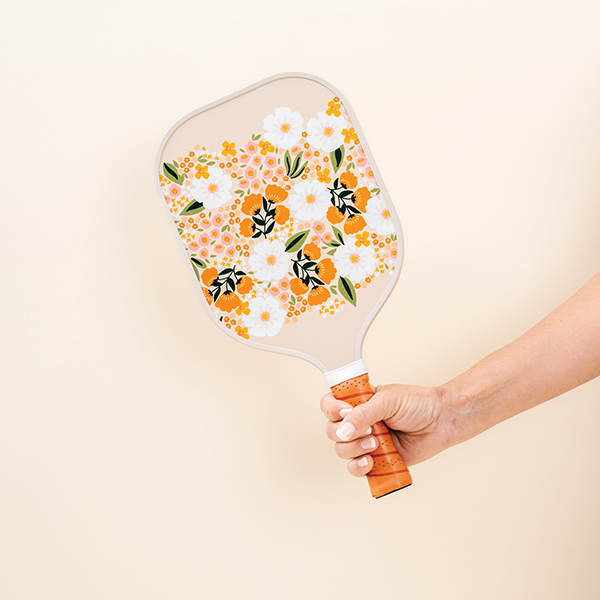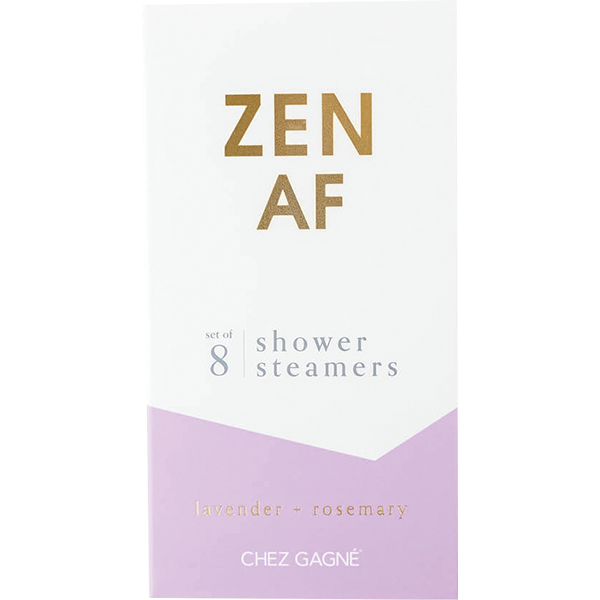The Write Stuff
Pens and paper. It’s a combination that seems as natural as peanut butter and jelly, mashed potatoes and gravy, peanuts and Cracker Jacks. The only problem is that the sale of postcards, stationery and pens often is overlooked in specialty retail stores for the simple fact that it seems, well, too simple.
Even in today’s age of technology, everyone needs pens and paper and everyone has them somewhere around the house or office. This brings up a couple good points to ponder when looking at your retail. If everyone has basic pens and paper already, they had to buy it somewhere at some time. If everyone has basic pens and paper already, why should they buy it from you?
The answer to both of these questions is simple: Because you can offer them something unique and special not found at the basic corner store; because you talk with vendors and learn the best way to display the products, offering more than just a writing utensil. The act of putting pen to paper can be more than just a routine task; it can be an emotional experience that requires great thought and time. Why shouldn’t the products they choose reflect that?
Looking past normal holiday correspondence, think of everything that requires stationery and pens in some form — thank-you notes, celebratory cards, postcards sent back home, journals — all personal ways for people to connect with themselves and those around them. By highlighting the importance of this communication and staying current with the trends, you can stay current with your sales.
Paper Popularity
Paper and stationery go far beyond lined notebooks and generic thank-you notes. Like most retail products today, the popularity of certain themes is sparked by customer demand. The current move towards nature conservancy and environmental materials has emerged in the popularity of paper products as well.
Featuring local artists, American artists or green product options as a mini store within their store is a very effective way of grouping together products which carry a unified message,” said Jonathan Shuff of Jonathan Shuff Photography. “Our line of Eco-Edition note cards have always been printed with water-based inks on recycled paper stock, but now we are starting to let our customers know because they want to have the option.”
Missy Koke of Planet Zoo, a company that actively supports organizations that promote wildlife conservation and the environment, agreed. “We have noticed that buying recycled products are very important to both buyers and their end customers,” Koke said. “Our best-sellers contain a lot of color and/or animals and customers appreciate that a portion of their purchase goes to support endangered species.”
A recent trend has been smaller-sized paper offerings, providing a great opportunity for retailers to encourage impulse buys and maximize retail space. Small notepads are extremely hot right now, with pocket pals being one of Planet Zoo’s most popular products.
“The pocket pals are notebooks you can take anywhere and an impulse buy you can feel good about,” Koke said. “Small sizes are a great way for retailers to ‘test’ a new line. And who doesn’t have a notepad they carry around to remember things? They are appropriate for both males and females, young and old.”
C. Marie Levenson, executive vice president of E.J. Enterprises, agreed that the popularity of these products is due in part to the fact that these items appeal to a wide range of age groups and genders, depending on the product design. “In my opinion, stationery is always a great, last-minute, impulse gift for anyone and also as a necessity for the purchaser,” Levenson said. “Stationery has no boundaries; it’s great in just about every store if you offer a broad variety of different stationery items and designs.”
Show Your Stuff
Because stationery and writing utensils are often looked at as a simple and commonplace purchase, the key to your retail success with this segment will be how you market and display the product. By making it easily accessible, making it appealing and making a connection with the buyer, sales in this category should increase.
“Our pocket pals have basically sold themselves,” Koke said. “We put our best selling images on the notepads and provide a countertop display with the purchase of 60 pads, something that buyers appreciate.”
Levenson advises to keep boxed note cards and thank you cards close to any seasonal items you may have featured in your store, leading into other stationery offerings. “As I said before, push the impulse buy at the register display — it can be a great last minute seller for your smaller items,” Levenson said.
She also suggests displaying items by color theme, by product theme and by design theme. When you have a polka dot design, a pattern she is beginning to see a lot of this year, you can mix in some of your note pads and journals with some of your home decor items. The idea is to get creative and give customers new ideas and new reasons to buy — especially if the product is unique and has something more to offer.
“In addition to the fact that our merchandise is visually attractive, we are a responsible manufacturer,” Koke explained.
“The best way to increase sales of our products is to get the message out there that we are a cause-related line. We donate a portion of every sale to support a growing number of organizations and our line is made from recycled products whenever possible. That can be a big selling point.”
Pen Points
For the retailer who sells stationery items, pens should be an easy add-on sale given the natural relationship between cards, gifts and pens. “When you get a card, you are going to write on the card,” said Steve Andleman of the International Pen Association (IPA.) “There’s no easier gift to give than a pen — it’s quite hard to offend anyone with it, it’s classical and it’s practical.”
There is an opportunity for growth in specialty stores if retailers understand the relationship between impulse buys and need. We all need something to write with; the key to separating yourself from the grocery store product is to offer more than just a pen — offer a writing instrument that is not only functional, but also fashionable and fun.
“Retailers need to understand that most of their products should be unique and not carried at big box stores,” Andleman said. “Price points are important and you have to know the demographic, as these can vary greatly from store to store.”
Andleman advises basing the price on where stores are, starting at the low-end and building up from there. While most souvenir shops may carry large quantities of lower-end product, there are many museums-type stores that tend to offer a more specialized pen.
Nathashja Richiedei from Prodir Pens in Switzerland, suggested that every cultural institution carry a minimum of two product lines of customized pens — signature museum logo pens, sold at a lower price range, and temporary or fixed exhibition pens, sold at higher price as part of an emotional purchase.
“Signature logo pens will constantly sell throughout the entire year and do not compete with exhibition pens, which will sell during a fixed period,” Richiedei said. “Exhibition pens have become part of collectible pens for museum shop customers. For every new exhibition, they look forward to finding the pen with a famous painting reproduced on it.”
A good way to bring more visibility is to ask manufacturers what type of display works best, whether it’s by the cash register or by creating a section near the cards to emphasize the connection. Andleman also advises associating pens with another product you want them to buy. For example, if you’re a jewelry store you can display it by cufflinks and watches and it becomes another valuable accessory.
“Adult pens should be in counter displays,” Richiedei added. “I also advise to put bar codes on displays or pen packaging — not directly on the pens, as this can make them look cheap and tacky.”
The key is visibility — if they can’t see it, they won’t buy it. A small endcap with ranging price points and styles should put an exclamation point to your increased sales. “






















